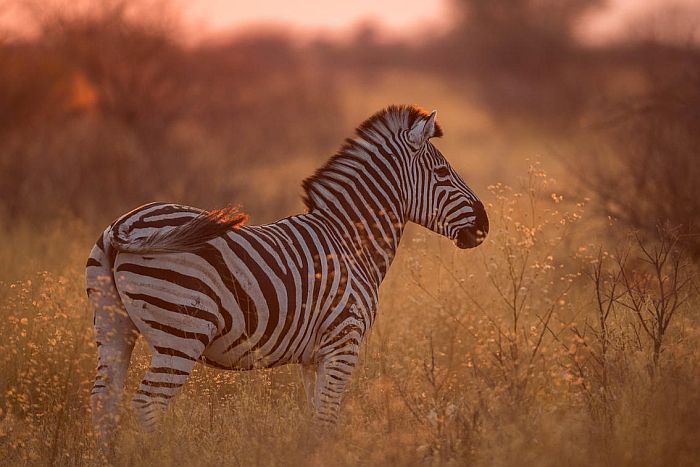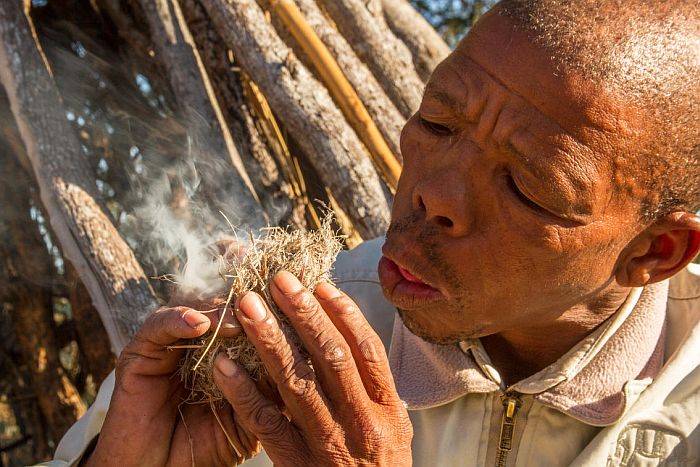The Kalahari Desert offer a wilderness like no other – a place where you can see the curvature of the earth and listen to the still small voice inside you.
Scroll for more
The Central Kalahari Desert covers 80% of Botswana. But it is somewhat overlooked by many visitors who rush to the Okavango Delta and Chobe. Yet it has its own breath-taking beauty, seemingly untouched by the modern world. At certain times, game-viewing can be amazing, though this is unpredictable as it depends on the rains.
Rather, you come here to experience a wilderness like no other. A place where you can see the curvature of the earth and listen to the still small voice inside you.
The Central Kalahari is completely transformed after the rains as the plains and pans burst with sweet grasses. This attracts tens of thousands of springbok, gemsbok and wildebeest, giraffe and of course their following predators: lion and cheetah. This is one of the best game viewing areas in Botswana at this time of year. Not many people know this, so visitors are few.
The Kalahari desert is not a true desert, but rather an arid savanna wilderness. Despite its poor sandy soils, it sustains a rich diversity of wildlife which have adapted to the bone-dry conditions.
You will also find brown hyenas and wild dogs are in the area. Honey badgers are regular visitors as well as meerkats. Many an hour can pass watching these fascinating animals.

It is also one of the few places where you can learn about some of the Bushmen's ancient ways of living and surviving in this environment. In a non-contrived and respectful way.
Finally bird life is aplenty. The worlds heaviest flying bird – the Kori Bustard - is a common sight as well as Ostriches and the Black Korhaan who continuously calls during the daytime. You can see Raptors regularly – from the pale-chanting goshawk to the rock kestrel, bateleurs and brown and tawny eagles.

